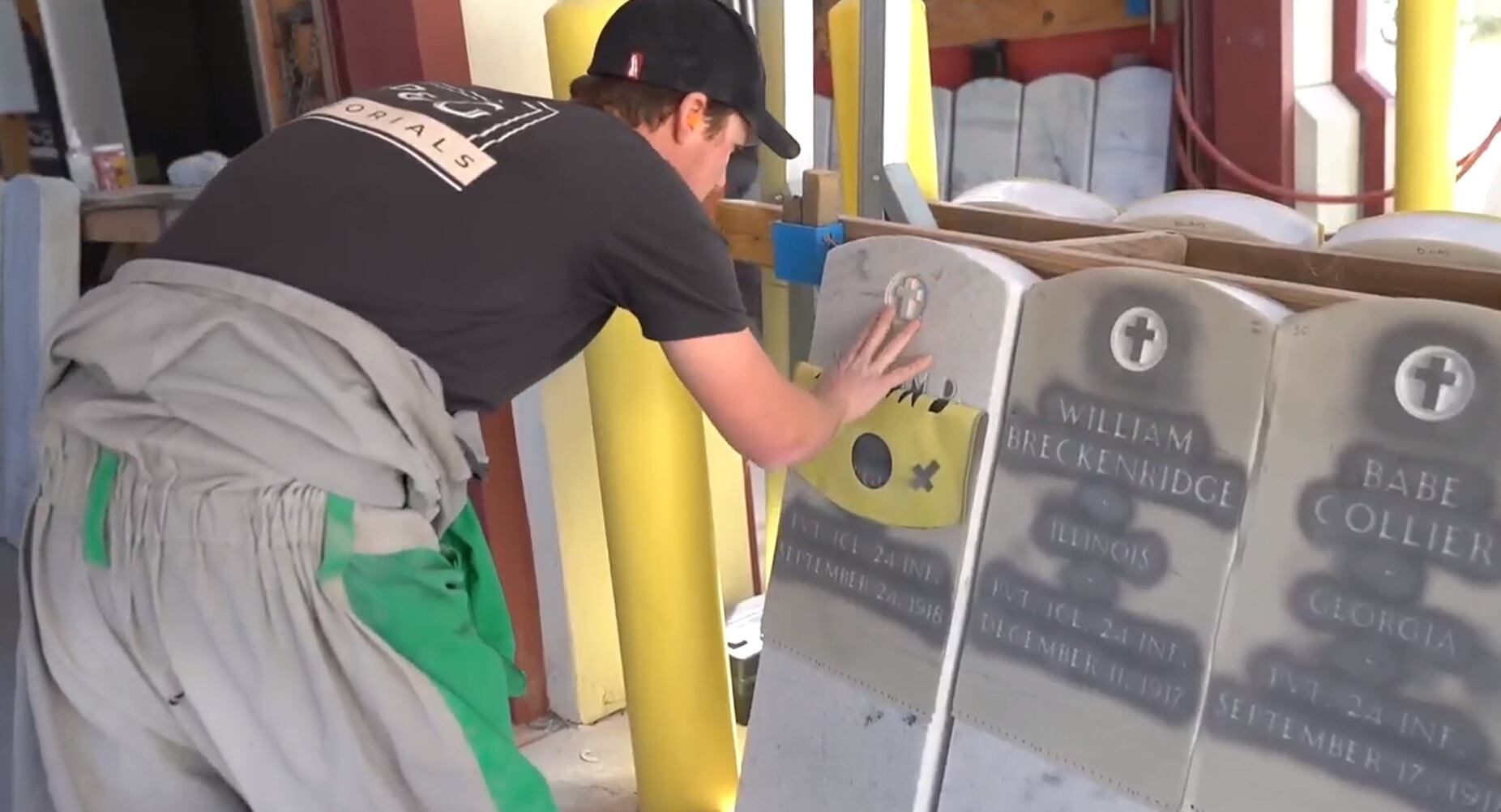Veterans Affairs officials on Thursday dedicated 17 new gravestones at Fort Sam Houston National Cemetery in Texas to honor Black soldiers unjustly convicted and executed following the 1917 Houston racial riots, calling it part of an effort to “right the wrongs of the past.”
The move comes three months after Army officials set aside courts-martial convictions of 110 Black soldiers of the 3rd Battalion, 24th Infantry Regiment — also known as the Buffalo Soldiers — involved in the violence. Service officials found that the men were not given fair trials and ordered that their military records be revised to reflect their honorable service.
In a ceremony attended by descendants of the men and local civil rights activists, VA and Defense Department officials unveiled the new headstones and pledged to continue to try to make amends for past racial injustices.
“Equal justice belongs to all soldiers, today and every day,” said VA Deputy Secretary Tanya Bradsher. “This day, in some small way, reflects the progress we have made as a nation since these men were first buried here over a century ago. It’s progress that makes clear that all institutions must live up to the ideals and promise of our nation’s constitution.”
At least 19 people died in the 1917 riots, sparked by the assault and arrest of several Black residents, including two soldiers, by white police officers searching for suspects in an unrelated set of crimes.
Before the violence ended, more than 100 Black soldiers took up arms and entered the city, despite orders to stand down. In a series of speedy court-martial proceedings — during which a single soldier with limited legal training represented all of the defendants — 110 Black soldiers were convicted of murder, mutiny and related crimes.
Of those, 13 were executed by hanging within days of the verdict, and six more shortly thereafter.
Army records say the bodies of the men were put in a mass grave until 1937, when 17 of them were exhumed, identified and relocated to Fort Sam Houston’s graveyard. Until now, the headstones for each contained only a name and the year of their death.
In an effort to “fully honor their service,” the newly dedicated markers include names, states, ranks, units and dates of death. An interpretive marker nearby details the history behind the deaths and the changes made to military judicial procedures following the incident.
Principal Deputy Assistant Secretary of the Army for Manpower and Reserves Yvette Bourcicot said the marker will serve as a charge to remind military leaders “to make the Army a place where everyone who wants to serve can serve.”
VA operates 34 soldiers’ lots and monument sites across the nation, along with 155 national cemeteries.
Leo covers Congress, Veterans Affairs and the White House for Military Times. He has covered Washington, D.C. since 2004, focusing on military personnel and veterans policies. His work has earned numerous honors, including a 2009 Polk award, a 2010 National Headliner Award, the IAVA Leadership in Journalism award and the VFW News Media award.




